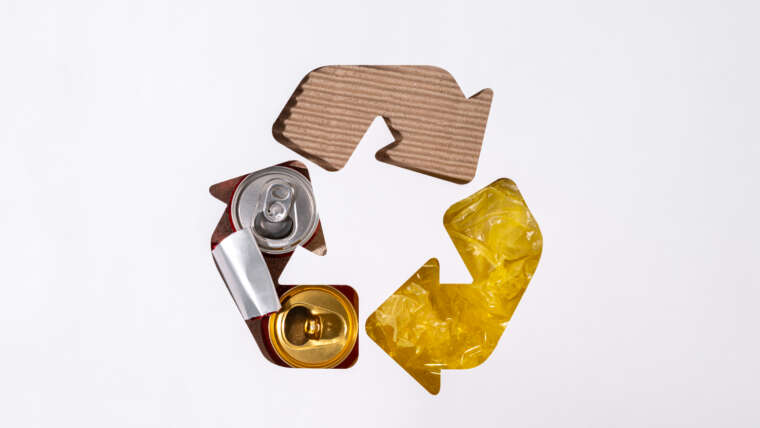
Sustainability is a buzzword with an increasing number of fashion brands and consumers. Brands aim to produce high-quality apparel from long-lasting materials that reduce waste generation. But despite these efforts, the industry has yet to progress in the past year. Emissions continue to rise, circularity remains elusive, next-gen textiles have yet to scale, and countless garment workers are still underpaid.
Table of Contents
Convenience
Convenience plays a huge role in fashion buying decisions. Brands need to ensure they have a variety of sustainable solutions that appeal to consumers’ needs and preferences. It is also crucial for them to deliver a high level of service. By providing convenience, brands can enhance their reputation among customers and increase loyalty. Brands should also be able to deliver a consistent experience for all customers. This is achieved by implementing practical digital tools that provide reliable conclusions about consumer behavior and purchase patterns. Personalized communications are becoming an essential part of the customer journey. They allow companies to address individual customers with customized real-time offers that are relevant and in context.
By engaging consumers on qualities they care about–durability, quality, and value–brands can help them see these elements through a sustainability lens. They can then deploy dedicated strategies to address unmet needs and shift the attitude-behavior gap toward more sustainable purchasing. Brands need to understand that many global consumers are already concerned about sustainability in fashion brands and make regular purchasing decisions that lower their impact.
Reduced Waste Generation
A lot of garbage is generated by the fashion business. As a result, a lot of fashion brands focus on sustainability. But if you want your brand to be sustainable, you need to ensure it also addresses ethical issues such as working conditions and wages. One way to reduce the amount of waste produced is by using fabrics from agriculture or recycled materials. Some companies use the cellulose of oranges to create soft textiles that are fully biodegradable and recyclable. Others, like Flocus, turn kapok tree pods into fully biodegradable and recyclable yarns and fabrics.
Another way to reduce the amount of waste generated is by making clothes that can be used for many different purposes. This way, you can minimize your production costs and still be green. It is also beneficial for the environment because it minimizes synthetic material emissions. Reusing your apparel improves your brand’s reputation and revenue, in addition to cutting down on waste production. For example, a recent survey found that 78% of consumers prefer to buy eco-friendly products from a brand they know and trust. To minimize the environmental impact of the textile manufacturing process, fast fashion companies can use second-hand stores as a source of clothing. By sourcing these garments, they can avoid the transportation of synthetic material and limit landfill waste and microplastic runoff.
Increased Resale Value
Whether you want to make a designer purchase or reduce your environmental footprint, resale can be an option. Buying second-hand helps you save money on your assets while supporting the community. Resale has gained momentum in the fashion industry as shoppers look for a cheaper alternative to new clothing. As a result, there’s been a significant uptick in the number of brands that have launched branded resale programs in recent years. Many brands are launching dedicated resale sites to offer customers the chance to pick up pre-owned goods at the same time they’re seeking out something new. According to a report from McKinsey, this approach can expand offerings, appeal to committed customer segments, stay abreast of digital innovation and reinforce sustainability efforts. The resale market for luxury apparel, in particular, has been increasing. The resale sector has grown faster than the economy for the past four years.
While resale is a lucrative business for many brands, it’s also an area that can be challenging. It can take time to determine how much resale value your products hold. It can be affected by trends, status, and the number of times a product is worn. The best way to gauge the impact of resale on your brand is to see how it affects your sales and profitability. It will depend on your operating model choices (direct versus outsourced operations, inventory and supply-chain options), how well your resale partner drives sales, and the average value of your resold goods.
Increased Quality and Durability
Few industries tout their sustainability credentials more forcefully than the fashion industry, which aims to sell clothing as green and carbon-positive. New business models, including recycling, resale, and rental, are touted as environmental life savers. However, while efficiency gains have delivered significant reductions in the environmental impact of fashion production, increasing demand for materials is outpacing these resource savings, leading to a rise in overall global impact. These trends are set to persist, despite the introduction of bio-based products and the use of recycled fibers (Niinimaki et al., 2020).
While consumers have an ethical awareness of environmental issues and support the philosophy of sustainability, they cannot translate their concerns into actual actions and decisions when purchasing apparel products. In addition, sustainability is among the least important factors in their purchasing decision (KPMG 2019).


